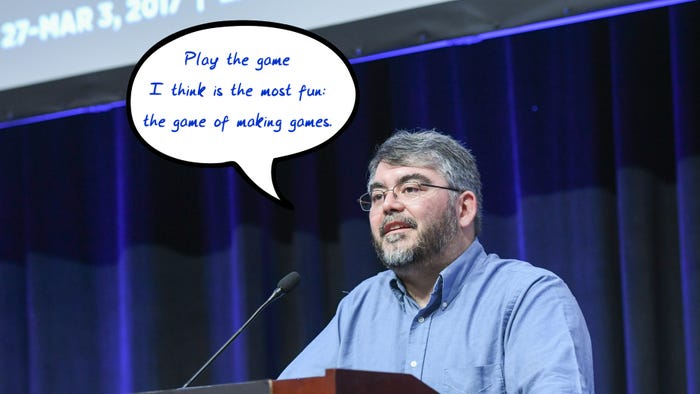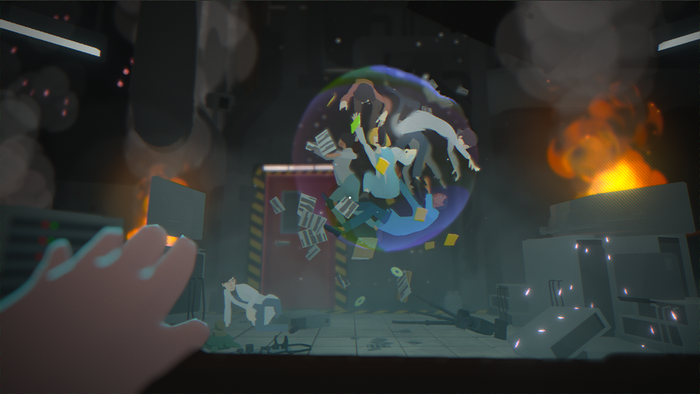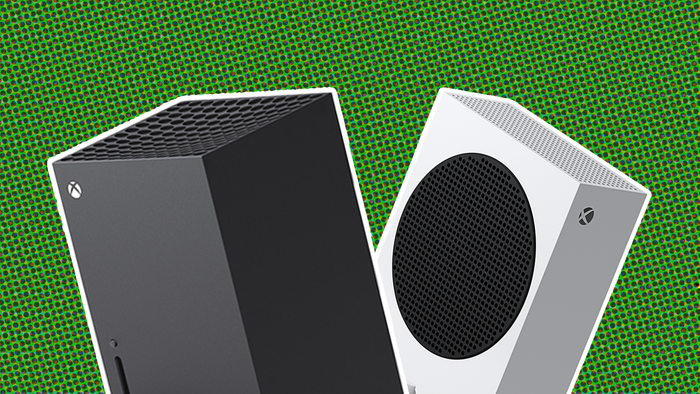
Featured Blog | This community-written post highlights the best of what the game industry has to offer. Read more like it on the Game Developer Blogs.
The difficulty of creating difficulty
Adopting the alternate design approach of Subjective Difficulty: allowing players of differing skill levels to play and enjoy a game

It is said that to realize the world one has to realize the self.
I’ve been analyzing myself as a player to figure out what I like and why, because as a game-maker I need to understand the player for whom I am creating a game.
I (and I realized this while I was thinking about, and writing, this post) am something of a skill-grinder. If I like a game, however hard it is, I will do whatever it takes to get better at it. I’ll die a million miserable deaths but will respawn each time and play that level again just for the pleasure of improving-my hand-eye coordination and figuring out the perfect timing and position for that jump. How it looks matters only up to a point.
So if you have read my postmortem of StarTrail, you might have understood my pain of creating and tuning the difficulty level of a game. Ultimately, as a game maker, I need to understand the behavior of my prospective player.
What I do understand is this: There are different kinds of players out there. Some like me, don’t really mind difficulty as long as the game doesn’t make me feel like a fool. On that point, some, like Flappy Bird, DO make me feel like a fool; but the fact that it’s making everyone feel like a fool makes it tolerable.
If you look up Wikipedia for ‘Game difficulty’, the page is quite informative. Here’s a line from that page:
An alternative approach to difficulty levels is catering to players of all abilities at the same time, a technique that has been called “subjective difficulty”. This requires a game to provide multiple solutions or routes, each offering challenges appropriate to players of different skill levels (Super Mario Galaxy, Sonic Generations).
I guess that means that I am adopting the Subjective Difficulty approach while designing SuperVeg Girl, my upcoming mobile game. To that end, here are the categories that I’m classifying players into:
a) Super casual: The kind that like a pick-up-and-play experience above all, one with low skill level. They are not really invested in the gameplay and have no Gamer Ego to speak of. They will abandon a game at the slightest sign of difficulty.
I don’t have much hope of retaining these players beyond the third level (that’s where the difficulty level has a spike).
b) HardCurious casual: These are casual players that have a secret, dormant Gamer Ego. Like my Dad. He never plays games, but he really got into Angry Birds when it first came out. Lure them in with something that they like, like graphics or sound, and before they know it, they’re swearing at their smartphone in the cockpit while cruising at 30, 000 feet.
I like this kind of player. I’d like to think that a sizable percentage would stay and play. To help keep this kind of player, we have a comic strip in the game that reveals the story, as it were, while the game progresses.
c) Faux-Hardcore: These are the ones that think they’re hardcore, but they’re really not. They revel in progress in a game for it’s own sake, without exploring the game or it’s mechanics in any depth. The end of a level, or the game, holds more attraction than the process of getting there.
I hope to keep these players engaged for a decent amount of time; it’s the reason I have a SpeedRun badge in each level. Here’s how it works: There are three levels of achievement in each level, signified by the following badges:
The Speed Runner
The SpeedRun badge is awarded for reaching the castle as soon as possible. In the screenshot below, you can see the level with the positions of all the eggs and key marked clearly. You can also see the player start position and direction (red arrowhead) and the castle that the player needs to go to. There are three bridge tiles available to be placed.
In the screenshot below, you can see the path of the SpeedRun as a white dotted line. The player needs to find and pick up the key and head straight to the castle. The bridge tiles need to be placed in a way to get to the castle ASAP. To get the SpeedRun badge, the player does not need to pick up any of the eggs in the level.
d) SemiHardcore: These players enjoy a challenge. They like to test all the mechanics of a game and explore the levels. To keep them playing, the game needs to constantly throw out new, creative and (sometimes progressively harder) challenges. They like to show off their progress, but that’s not the point of playing. I’m kind of like this, depending on the game I’m playing.
For this kind of player, we created
The Explorer
The explorer badge is awarded to a player who, finds and collects all the eggs in a level. There’s no time limit; she/he just has to get all of them. Picking up each egg in a level presents a challenge unique to that egg; I’ve tried really to keep the collection of each egg in the game at least slightly different from the others. It’s been a big creative challenge for me, and I hope I have managed to some extent.
e) Hardcore casual: This is the kind of player that loves challenging games but only plays mobile games, due to a lack of time- someone exactly like me. If he/she finds a game they like, they explore everything and complete every single objective. For this kind of player, there’s
The BossRunner
To get the BossRun badge, the player needs to pick up all the eggs in the quickest possible time. This means that the bridge tiles need to be placed to find the shortest path to the castle via picking up the key, and there is no time for mistakes. If the player mistimes a jump to pick up an egg, mistimes it and turns around to try it again, it’s probably too late.
This can be seen in the screenshot below showing the same level as in the SpeedRun, where the placement of the bridge tiles is different.
The idea is to allow, firstly, for players of differing skill levels to engage with the game, and secondly, to create replayability. This design needs to be borne out through some rigorous user trials though, so fingers crossed.
Read more about:
Featured BlogsAbout the Author(s)
You May Also Like







